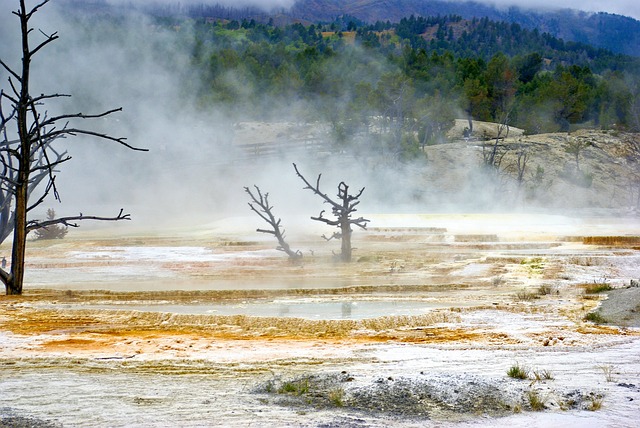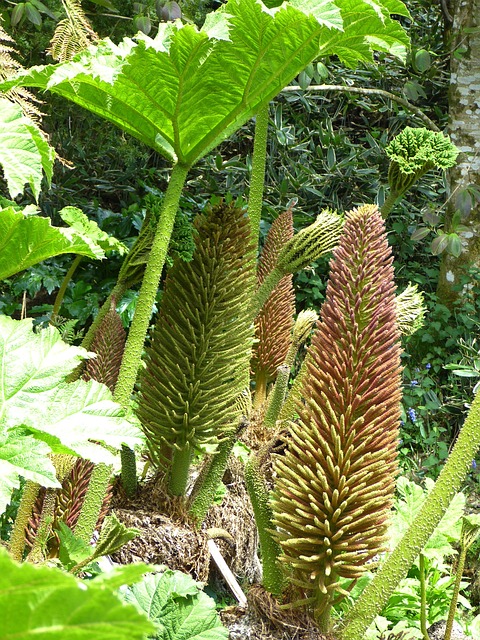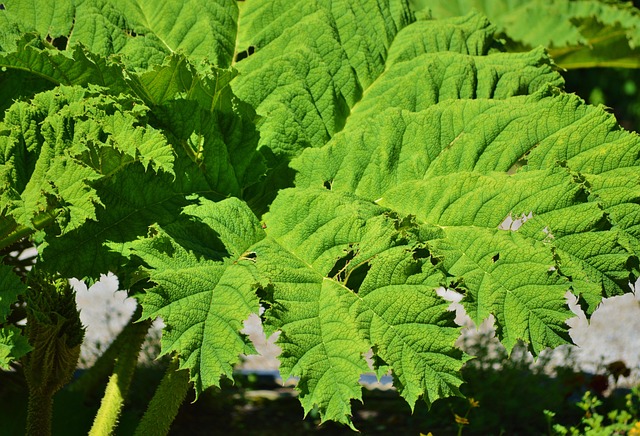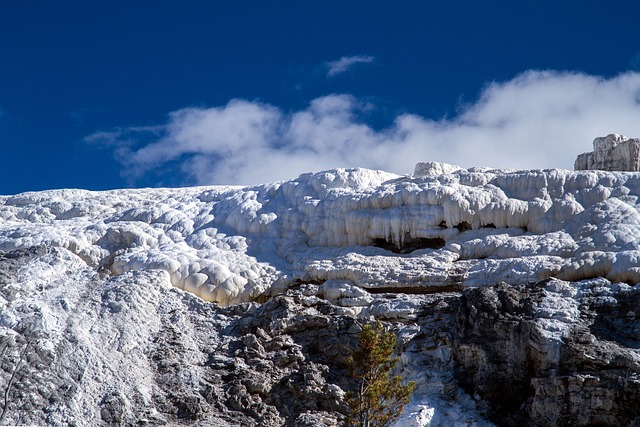Ancient copper mining techniques, discovered through archaeology, reveal insights into ancestral communities' resource harnessing and engineering knowledge, spanning from hand-dug pits to complex underground networks and smelting methods. These historical sites significantly impacted local economies and real estate values, now holding heritage value for history enthusiasts and those valuing natural beauty and cultural significance. Preserving these locations is crucial for maintaining a rich cultural tapestry, balancing progress with preservation in modern real estate developments.
Copper has long been a cornerstone of human civilization, its history intertwined with our own. From ancient mines to modern-day practices, copper production has left an indelible mark on landscapes and communities. This article explores the enduring legacy of copper mining, delving into its ancient roots and the lasting impact on local real estate. We also discuss efforts to preserve historical sites, ensuring that these valuable lessons from the past enrich future generations.
Uncovering Ancient Copper Mining Techniques

Uncovering Ancient Copper Mining Techniques offers a fascinating glimpse into humanity’s past and its relationship with this essential element. Through archaeological digs, researchers have discovered remnants of copper mines dating back thousands of years. These sites, often nestled in remote areas once teeming with mineral wealth, provide valuable insights into the tools and methods used by our ancestors.
The techniques employed ranged from simple hand-dug pits to more elaborate underground networks. Archaeologists have found evidence of sophisticated drainage systems, indicating a high level of engineering knowledge. Ancient copper miners utilized stone hammers and chisels to extract the ore, and even developed early forms of smelting to refine the metal. These discoveries not only shed light on our historical reliance on copper but also reveal the ingenuity of these long-gone civilizations in harnessing natural resources, leaving a lasting impact that extends far beyond their time, even shaping modern real estate and infrastructure development today.
The Lasting Impact on Local Real Estate

The historic copper production roots in various regions have left an indelible mark on the local economy and, consequently, real estate. Areas once bustling with mining activities now hold immense value due to their rich heritage and the remnants of industrial past. These locations often attract buyers seeking unique properties that tell a story, offering a glimpse into the region’s transformation from mining hubs to thriving communities.
The enduring appeal of these areas extends beyond history buffs; it lies in the blend of natural beauty and cultural significance. Real estate here is not just about bricks and mortar but becomes an investment in a community’s story, where each structure may hold secrets of copper craftsmanship. As such, properties with historical significance often command premium prices, reflecting both their location and the enduring legacy of copper production.
Preserving Historical Sites for Future Generations

Preserving historical sites is paramount in keeping the rich tapestry of our past woven tight for future generations to appreciate and learn from. Copper-production roots, deeply embedded in many regions around the world, offer a unique glimpse into humanity’s evolution and technological advancements. These historic sites, ranging from ancient mines to long-abandoned processing plants, are more than just relics; they are time capsules that tell stories of human ingenuity and perseverance.
In today’s digital era, where virtual experiences can replace tangible connections, safeguarding these historical copper-production locations becomes even more crucial. Real estate developments often face the challenge of balancing progress with preservation. When renovating or constructing nearby areas, it is essential to consider the cultural significance of these sites and incorporate them into the community’s identity. By doing so, we ensure that the historical roots remain intact, fostering a deeper understanding of our shared history and preserving them for endless stories to come.






